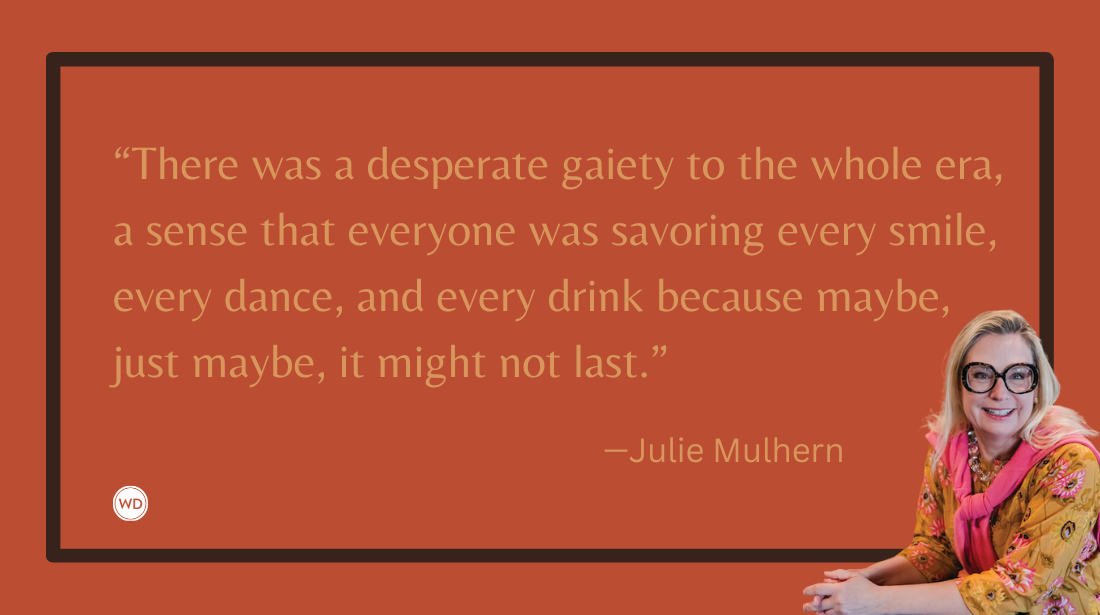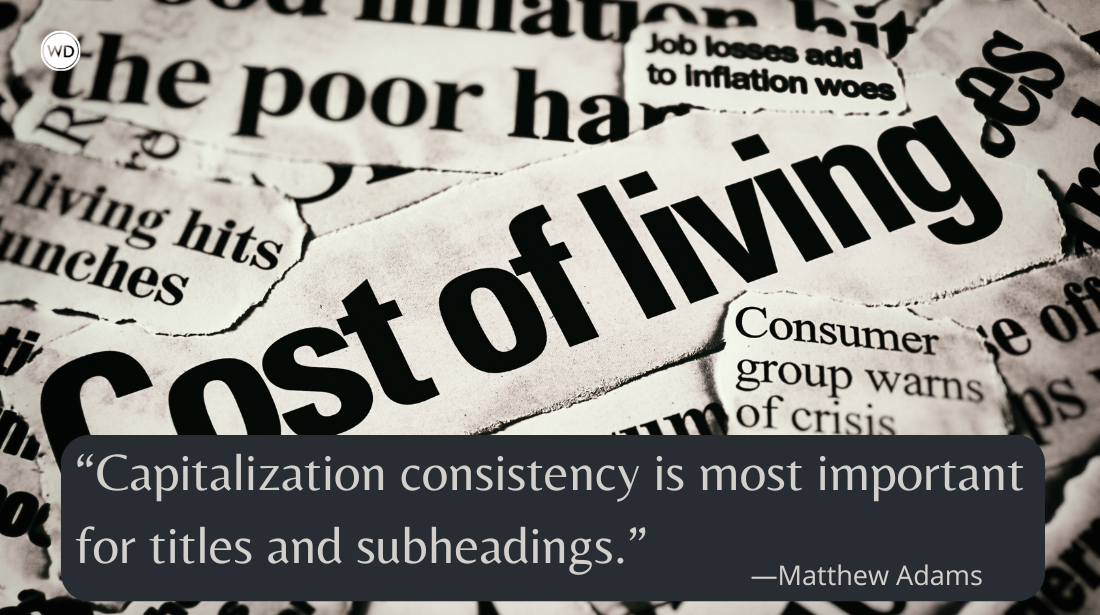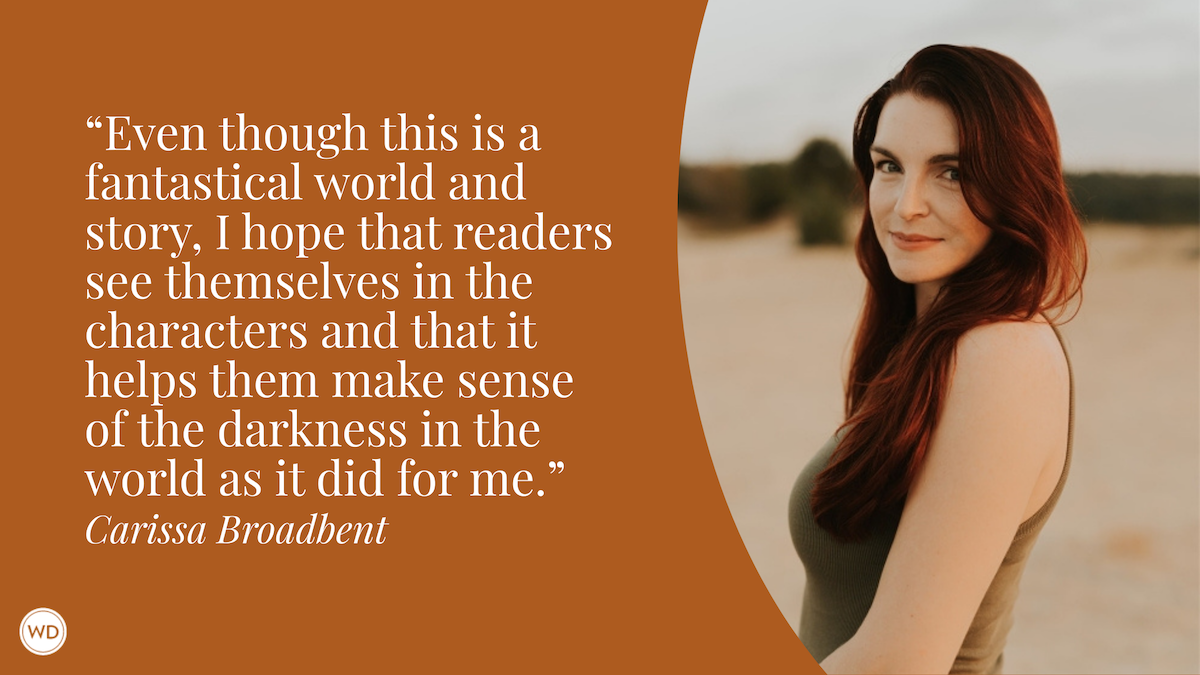3 Tips for Writing Possession Horror
Author Andy Marino offers insight on how to breathe fresh life into horror stories with 3 tips on writing possession scenes.
Everyone knows that the first step in casting out a demon from an unwitting host body is to learn its true name. While I’m grateful for the pro tip from various possession tales, I can’t imagine writing a scene like this (musty old books, basement archives) without it being kind of hilarious.
That’s not to say it can’t be done, but like an entire century’s worth of fantasy writers toiling in the shadow of The Lord of the Rings, your possession story has to navigate a minefield of well-worn tropes.
Working within an existing narrative blueprint isn’t inherently a bad thing—maybe you’ve got demons of your own to exorcise that dovetail nicely with a story of possession, giving your work a unique spin. Or maybe you’d prefer to work entirely outside the world of ancient evils possessing wide-eyed moppets. Either way, you’ll want to set your story apart.
As the author of an upcoming novel with the tagline “Possession is an addiction,” I’ll share a few things that worked for me.
IndieBound | Bookshop | Amazon
[WD uses affiliate links.]
It Doesn’t Have to Be Demons
Your character can be possessed by anything. Once you operate from this point of view, it opens up a boundless universe of horror. My protagonist, Sydney Burgess, is a recovering addict struggling to build a better life for herself and her son. Her history of addiction and its gnawing urges provided me with a universally relatable terror that could be woven into a story of possession.
Repressed desires pushing an addict toward decisions that barely feel conscious—what is this but a form of real-life, un-supernatural possession? So far, so good. But one thing I learned as I wrote is that being possessed by a metaphor can only get you so far.
What ended up working for me was pairing the concept of being possessed by a past addiction with a very un-metaphorical entity that had desires and goals of its own.
To that end, it’s a good idea to:
Give Your Possessor a Personality
Your story is going to be a lot more compelling if your character is possessed by something more interesting than Scary Entity #738. If you do choose to go the demonic route, that’s cool—but maybe your demon wants something other than a soul, or to simply wreak havoc.
Maybe your demon wants family, a normal life, but all it knows is how to take. I’m just spitballing here. But you get the idea.
Give some thought to what scares you about possession to begin with. Is it the loss of control? The idea that “you” will be seen as the perpetrator of any horrible misdeeds committed while being puppeteered by some other force? Now you’ve got the underpinnings of your personal take on this brand of horror. Once you can pair that angle with some juicy character work to develop the personality of your possessor, you’re onto something that will go a long way toward making your work three-dimensional and alive on the page.
After you’ve got some idea of the nature, goals, and personality of your entity, you can add another layer of intrigue and tension if you:
Mess With Perception
In Paul Tremblay’s creepy and wonderful A Head Full of Ghosts, the POV character tells the story of her sister’s childhood experience with possession to a journalist in the present day. This framing device means that the bulk of the story consists of first-person accounts of events that took place when she was a little kid, giving the narrative a few different overlapping lenses of perception. Without giving too much away, even when there are Big Reveals that seem to rip the veil away from what’s “really” going on, this information is, in turn, subverted by what’s unfolding in the present.
The Unreliable Narrator has become pretty passé in modern thrillers, but just like the concept of possession itself, there are still plenty of ways to inject this motif with new life and make it your own. I chose to write scenes that filter my main character through other people’s perceptions of her—for example, her son becomes increasingly freaked out by something “wrong” with her face, something she can’t quite ever catch in the mirror beyond a fleeting glimpse of some off-kilter corruption of her body.
This angle was sparked by an examination of what unsettles me about these types of stories: How would it feel to have other people tell you there’s something wrong with you, something unnerving that you can’t ever seem to see?
Such physical changes or body horror in possession stories don’t have to be black veins of decay spiderwebbing skin, or eyes suddenly turning black, or demonic, face-stretching grins. There are plenty of subtle ways to build in loss-of-control dread through breaks in reality and behavior that just doesn’t sit right. And now you’ve got a worthy framework for subplots involving gaslighting, manipulation, and other forms of psychological torment inflicted by humans and exacerbated by the supernatural.
A little bit of this narrative sleight of hand goes a long way, and if you’re careful to balance the ambiguity with the visceral, it can make the more overtly bonkers, in-your-face possession elements of your story feel both satisfying and wholly earned.
Andy Marino was born in upstate New York, spent half his life in New York City, and now lives in the Hudson Valley. He works as a freelance writer.









